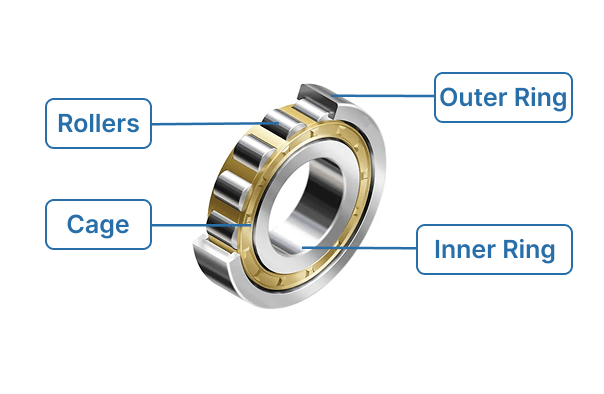
Cylindrical Roller Bearing: Structure, Uses, And Performance
Cylindrical roller bearing structure supports heavy radial loads, offers high speed, and ensures durability for industrial, automotive, and machinery uses.

Cylindrical roller bearing structure supports heavy radial loads, offers high speed, and ensures durability for industrial, automotive, and machinery uses.
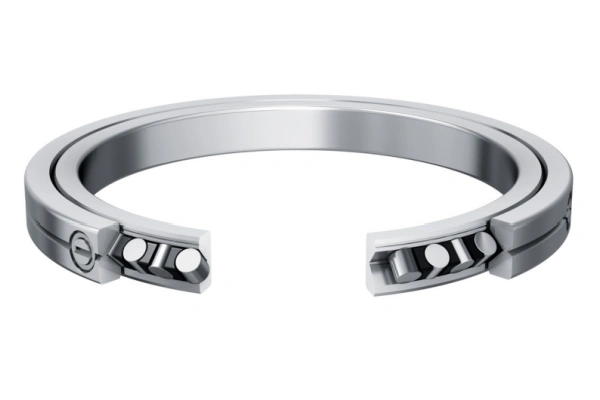
Cross roller bearing design enables high load capacity, precision, and durability for robotics, medical devices, and machine tools in 2025.
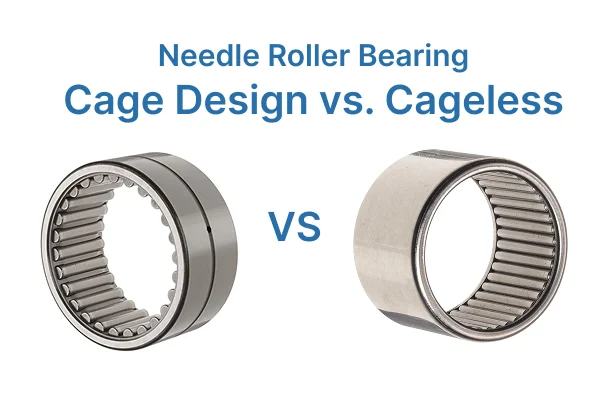
Caged Design in needle roller bearings offers smoother operation, higher speed, and less maintenance, while cageless types excel in heavy load capacity.
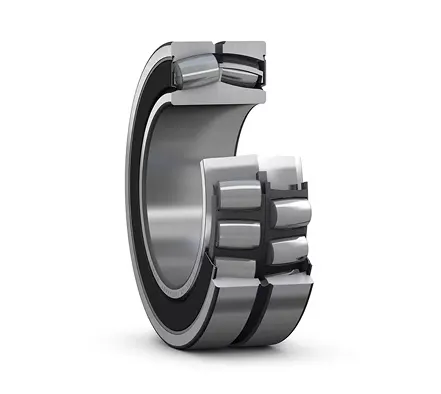
Roller bearings sealing structures protect against contaminants and retain lubricant, ensuring longer bearing life and reliable performance in various applications.
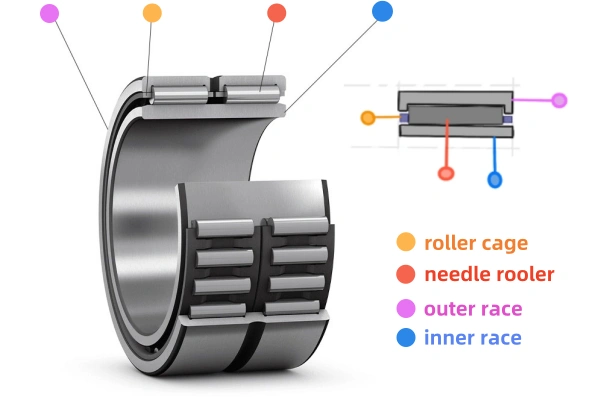
Needle roller bearing offers high load capacity, compact design, and durability, making it ideal for automotive, industrial, and aerospace applications.
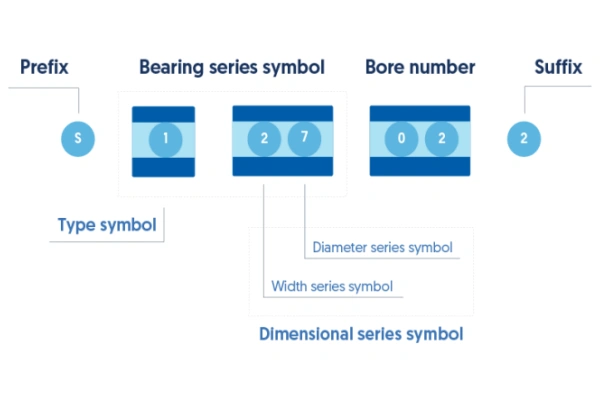
Roller bearing sizes and codes explained for buyers—understand what each number means and how to select the right bearing for your application.
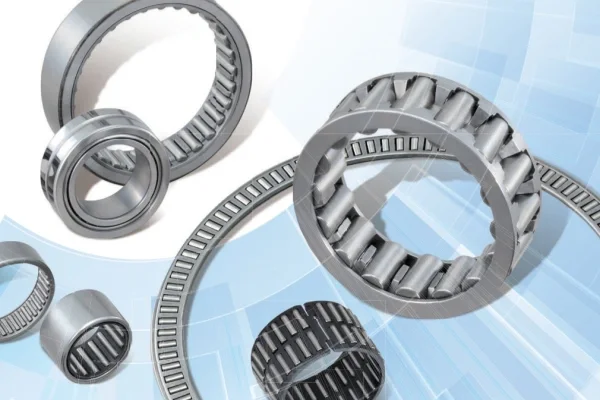
Koyo needle roller bearings save space and boost performance with compact design, high load capacity, and durability for automotive and industrial use.
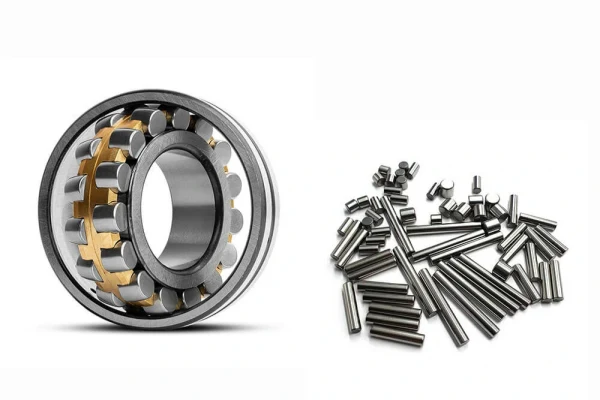
Roller bearings use high-carbon chromium steel, ceramics, and plastics for strength, durability, and performance in various industrial applications.